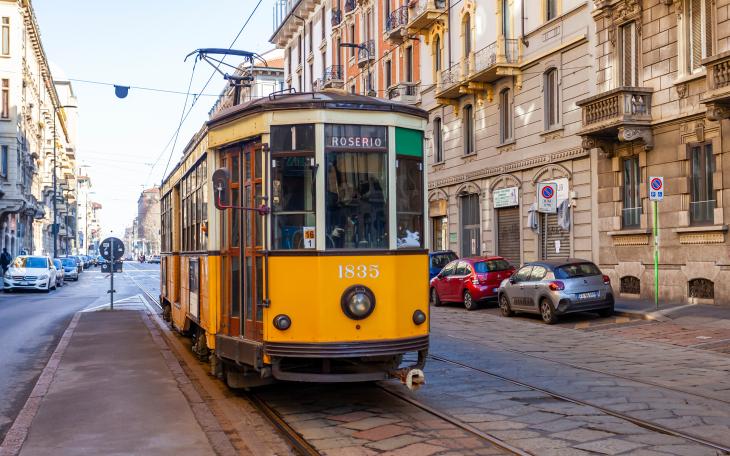Letter from... Milan

Andrea Schieppati, SEC Newgate Milan
As the chart topper by Canned Heat claimed back in 1968, “On the road again, I just can't wait to get on the road again”. Most Italians were no doubt humming this piece of rock & roll history while waiting for the national inter-border travel restrictions to be finally lifted on 3 June.
A severe and largely shared measure amongst European partners, the limitation of citizens’ movement across the national borders, was extremely hard to bear by large part of the population. Now, three months since the pandemic took hold, Europe seems, at last, to be starting to reopen for travel, not only within each nation’s own borders but, significantly, across fellow EU member states. The 15th June was a milestone in Europe’s handling of the pandemic, with progressive, if not totally harmonised, lifting of the Schengen treaty suspension. Tourism is a large part of every European country’s GDP, but it is an even larger proportion for countries such as Croatia, Spain, Portugal, Greece and, of course, Italy who are celebrating this milestone in particular.
Now that the continent seems to be up and running again, the feeling is that recovery will proceed in a consistent and solid way. Oil producers and car manufacturers, both of whom recorded the worst Q1 since the energy shocks of the 1970s, share this optimistic view and are trying to support the restart through aggressive advertising campaigns. Unfortunately however, indications of recovery are feeble at best, so any grounds for optimism should be treated with caution.
It’s hard to predict what the upcoming summer season will look like for the leisure and tourist industries. Fear and uncertainty on the one hand, but also conflicting messages from governments on reopening the borders versus the need to restrict access to foreign nationals adding further confusion.
Mobility also seems to be stuck in the middle of a radical revolution. Italy’s measures to support the relaunch of the economy have left out vast swathes of the transportation industry, with schemes only applicable to electric and light mobility transportation, resulting in the sector pleading with the government to correct this imbalance. Air transport in particular, traditionally a sensitive area for Italy with the national carrier struggling in a crisis that has lasted for decades, appears to be further under threat due to unpredictable demand curves, energy costs and the weight of refunds.
Rail services too, both high speed national connection and local commuter services, are at risk unless public funds are able to compensate the exceptional extra costs transport providers accrued in recent months due to a decline of nearly 80% of the usual demand.
So while we are on the road again, there is a feeling that we have to upgrade our navigator systems if we are to reach the other side with a transport industry fully equipped to tackle an uncertain future. It’ll be a long journey then.








